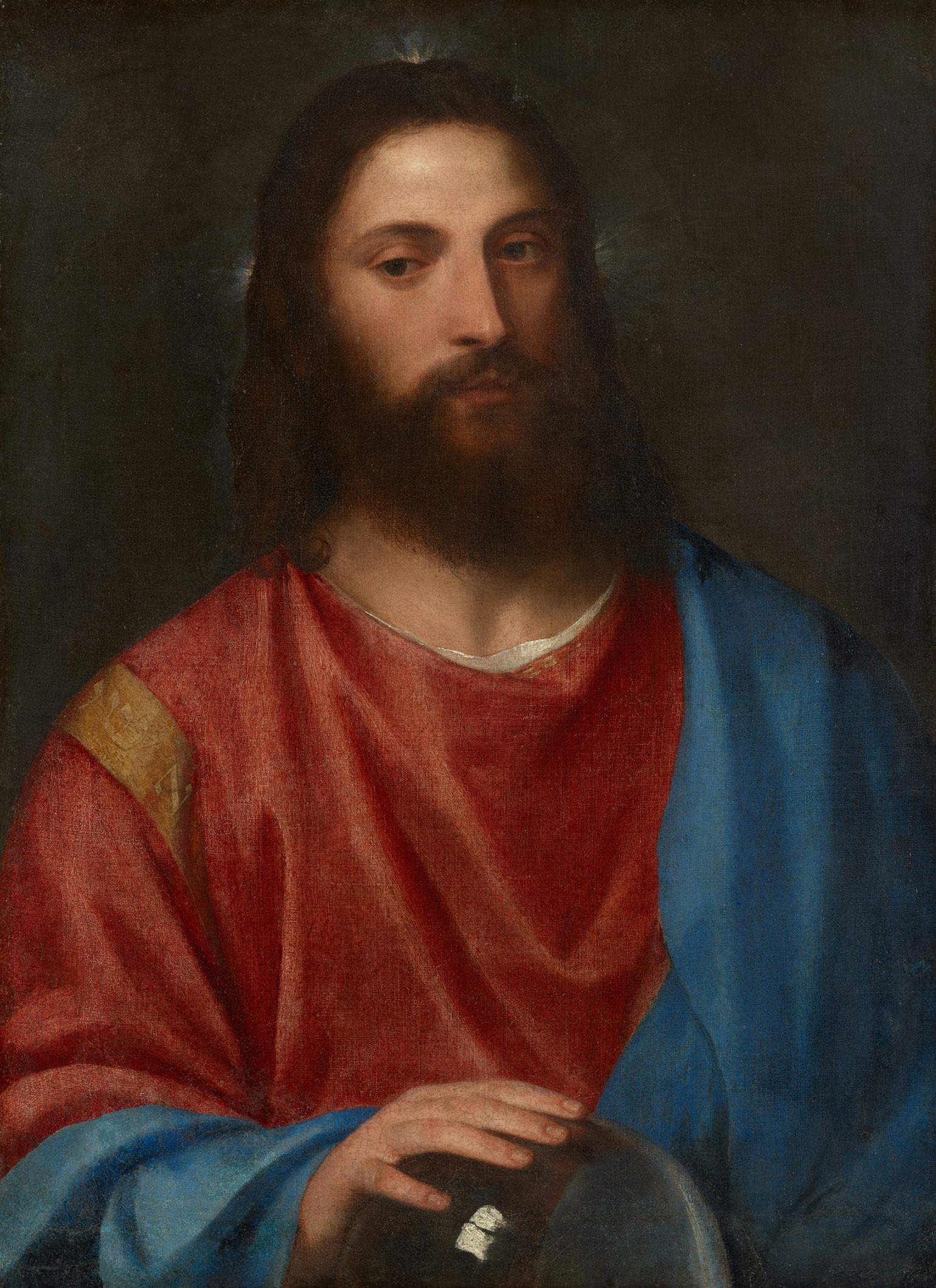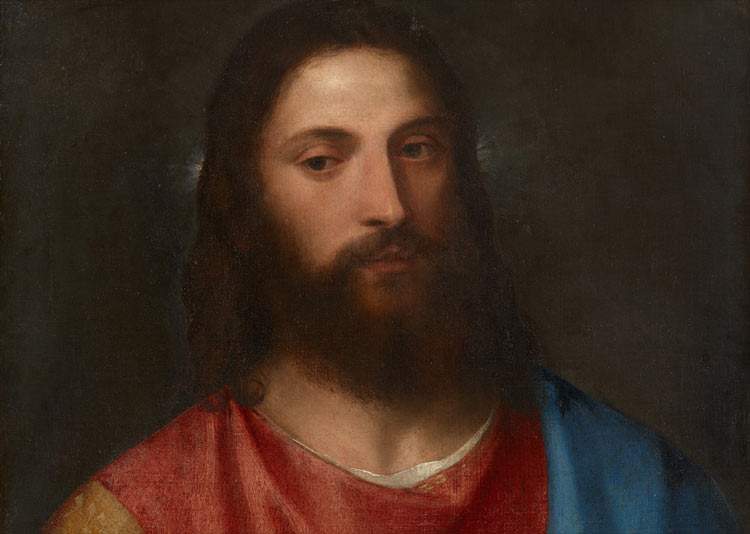Vienna's Kunsthistorisches Museum: 'Titian is our Salvator Mundi'
The Kunsthistorisches Museum in Vienna has finished a major study of the Salvator Mundi in its collections, long attributed to the workshop of Titian Vecellio (Pieve di Cadore, c. 1490 - Venice, 1576). According to the Austrian museum, the results of this research, financed by the Fonds für wissenschaftliche Forschung (“fund for scientific research”), suggest that the work should instead be attributed to the hand of the great master himself, whose collection the Kunsthistorisches owns the second largest in the world, after that of the Prado in Madrid.
“Known for his unconventional approach to traditional compositions,” reads a note, “Titian produced several images of the Salvator Mundi. All are derived from 15th-century Dutch painting and see Christ raising his hand in blessing and holding a globe surmounted by a cross, central aspects of Christian belief. The Vienna Christ, however, exemplifies a new religious interpretation in this pictorial tradition. The hand of the Salvator Mundi in the Kunsthistorisches Museum in Vienna rests on a transparent glass sphere, as if Christ were a temporal ruler, without the usual cross. The artist also omitted the raised hand as a sign of blessing. A Hebrew inscription on the Savior’s tunic suggests that Titian received the commission from a Christian patron, as yet unknown, who sympathized with the ideas of the Kabbalah, the Jewish secret doctrine.”
The work was analyzed through X-rays and infrared reflectography, and research was conducted on the technique and stroke. A composition with a Madonna and Child was discomposed under the Christ, very similar to others made by Titian, which reflects his typical way of working, which involved modifying already drawn compositions. Moreover, again according to the museum, the fact that we are faced with such an unusual composition, designed for the precise and particular requests of a client, is a clue that further supports an attribution to Titian himself. The brushwork and the quality of the painting technique employed would also belong to Titian. Analyses also found that the image was partly altered by previous restorations, which in some places in the painting changed the colors or darkened, thus making attribution more difficult. However, the museum says, making the work more legible and thus establishing Titian’s authorship beyond doubt requires complex restoration work.

 |
| Vienna's Kunsthistorisches Museum: 'Titian is our Salvator Mundi' |
Warning: the translation into English of the original Italian article was created using automatic tools. We undertake to review all articles, but we do not guarantee the total absence of inaccuracies in the translation due to the program. You can find the original by clicking on the ITA button. If you find any mistake,please contact us.




























